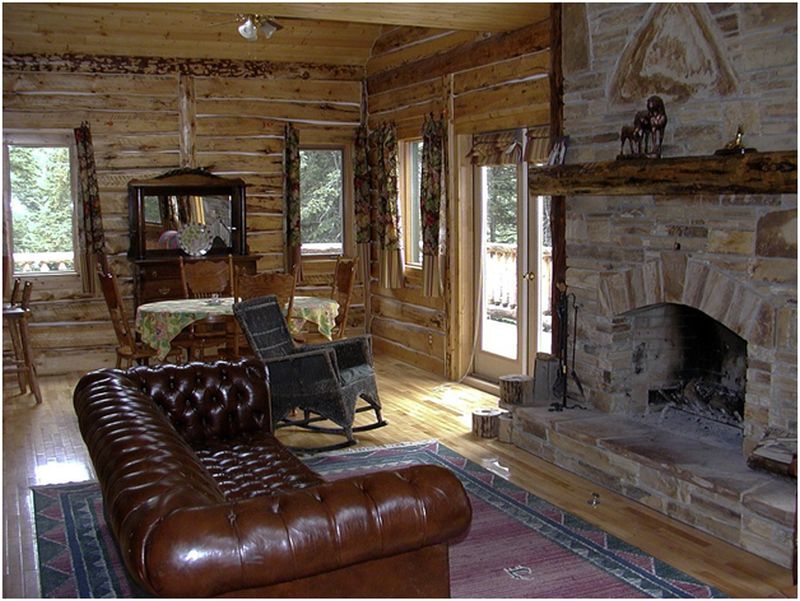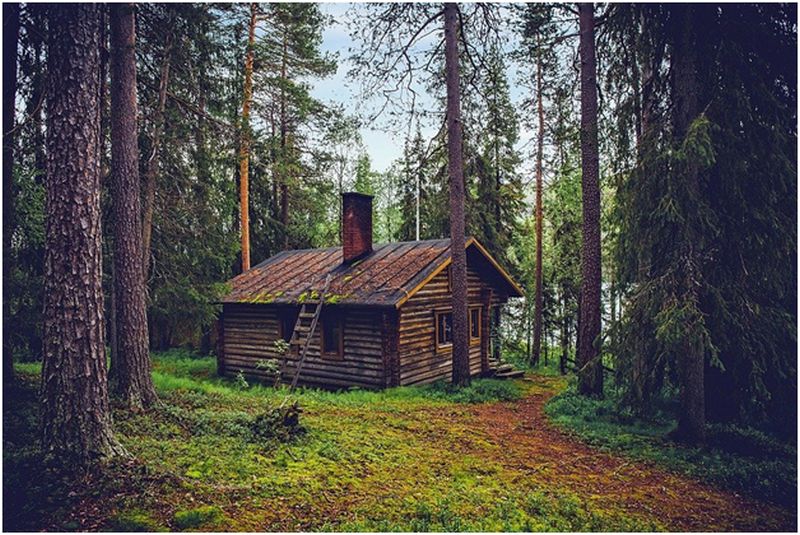It’s important to find the log home that’s right for you from among hundreds of possible styles and sizes. In spite of the fact that log cabins can be customized so easily, that’s no easy task. Where should you even begin?
When choosing wood, many people begin by determining what type is best. The wood species available for log homes are fewer than five or six, compared to over 80 for commercial use. When building in a particular location, it is important to consider the location, the look of the wood, and its durability and strength. It can be difficult to choose the right wood for your needs if you don’t know how each type of wood works.
1. Promotes Forest Management
The northern Maine, Michigan, and Wisconsin areas are the main harvesting areas of northern white cedar. Both cold and warm weather thrive on it, and it grows in swampy areas as well as in arid regions. By actively managing their cedar forests, Maine preserves its biodiversity without using human-made fertilizers or irrigation. Click here to learn about the benefits of forest management.
The growth of cedar is natural, which means it doesn’t require planting, irrigation, or any other type of farming once it’s harvested. As a result of its natural oils, it is protected against insects, mold, and fungus that can affect the quality of the wood it contains.
2. Color Options
In addition to its practical benefits, cedar is the best wood for a log cabin when it comes to color options. Almost any color can be achieved by staining this beautiful wood species. A wide range of color possibilities can be achieved with cedar thanks to its high receptivity to stain.
Cedar is even available in a beautiful color. A thing of beauty, Red Cedar is rich and rustic in appearance. An already gorgeous home can become a masterpiece when painted this striking color. This wood’s beauty is enough to make some people consider it a must-have for their dream log cabin.
3. Resistant To Climate Change
Due to its natural tolerance of a wide range of environmental conditions, northern white cedar is not adversely affected by drought, heat, or cold. Cedar growth may migrate northward towards cooler temperatures as average temperatures rise over the long term. This also improves durability for your cedar log home and gives you more peace of mind.
4. Creates More Harvesting Jobs
The harvest of cedar trees occurs when the ground is frozen in winter. During the winter, forest workers can maintain a stable income by harvesting cedar, which does not occur in the warmer months when other timberlands are harvested.
5. Drought and Disease
Cedar is a popular hardwood used for dimensional lumber and log homes in many southern states. During droughts, pine grows slowly and is vulnerable to disease, insects, and slow, stressed growth due to a lack of fertilizer, irrigation, and other interventions.
The Pine Beetle and drought conditions have killed many trees in the West, including ones used to construct log homes. There may be some pine logs that are dry without the need to kiln dry them, but they still lack natural protection against mold, fungus, and insects. Visit www.forestsociety.org to learn about how drought affects trees.
6. Less Shrinkage

Cedar is also less prone to shrinkage when kiln dried before construction, another benefit. The kiln drying process is an efficient way to dry logs because it reduces shrinkage or settling after construction. This ensures a beautiful log home for a long time to come.
There is about half the water in cedar logs compared to green pine logs. It takes three months for cedar to dry to a desirable 14-16%, with a brief time in the kiln to finish the drying process. As opposed to kiln drying, air drying involves the wood shedding moisture slowly and reaching equilibrium with surrounding air.
During kiln drying, pine loses water, but the cells are ruptured and the fibers are weakened. A large drying kiln is also less energy-intensive when air-dried logs are used. An industrial biomass boiler heats its finishing kiln with recycled cedar shavings. Most cedar is typically 12% moist at the time of finishing, which is ideal for construction.
7. Naturally Resistant To Insects
Termites and other wood-boring insects are naturally repellent to cedar lumber because it is insect-resistant. The fact that these pests threaten wooden homes justifies the additional cost of choosing cedar. The beauty of your Cedar cabin will be significantly less threatened by wood-boring insects if you have a Cedar log home. Go to www.woodworkly.com to find out why insects hate cedar.
8. Enhanced Insulation Properties
The increased insulation properties of cedar make it easier to build a cedar home that meets current insulation standards. There is no other species of log home that has a higher R-value (1.41 per inch) than cedar. Adding insulation to cedar log homes to save energy allows them to get a head start! Comparatively to pine, cedar provides an incredibly stable log because it starts out drier. Increasing cedar’s natural insulation can reduce energy costs and improve comfort.
9. Has An Amazing Scent
Cedar’s distinctive and evocative scent is another of its signature characteristics. You have probably enjoyed the delightful aroma emanating from your Cedar furniture if you ever owned one. The unique aroma of Cedar permeates every corner of a Cedar home, from the inside out! Read on here to learn how to refresh cedar to help it maintain its scent.
There are many different wood materials that you may choose when you are having a log cabin broken. While each one may have its own benefits, there’s just no denying that cedar is one of the best. Not only does it have great durability, but it also looks and even smells great too.
Article Submitted By Community Writer




